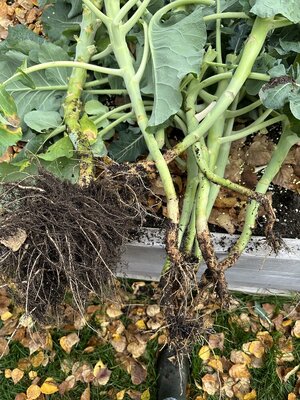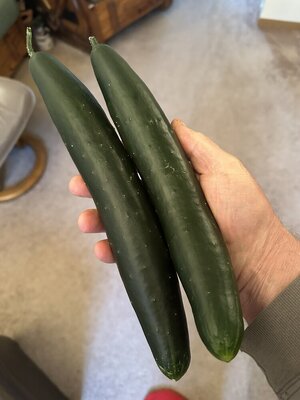Marie2020
Garden Addicted
- Joined
- May 21, 2020
- Messages
- 4,616
- Reaction score
- 10,510
- Points
- 275
I used too make comfrey liquid feed. My food plants used to be amazing.The garbage bag held this years Comfrey and after running thru the hammer-mill if was greatly reduced. It’s back on the floor for a little further drying; inside this sink cabinet is the manifold for the floor heat and a great place to dry something quick!
Once it’s real dry i’ll bag it. If i can triple the production i’ll have enough to give everything a dose in the spring. The plan is to add
20-40 more root cuttings this coming spring so this should be an easy goal.
Last Tuesday i started this batch of Comfrey tea, here’s what it looked like after a couple days. Each day now im stirring it back down and each time it’s getting darker! Before long i’ll be using it on some of the indoor stuff, via foliar.
For years; off and on, i’ve dabbled with “foliar feeding” various stuff and always see great benefit. After acquiring a couple electric sprayers i’ve noticed i’m far more likely to continue with it. The user friendliness and simplicity are far greater than a hand spray bottle. The coverage is perfect and the mist is so much finer too!
The only problem i have is trying to decide between Humic/Fulvic; liquid Kelp, Lacto Bacillus serum and now Comfrey tea. Unless i screw something up by going too heavy on my quantities it doesn't seem to matter; the plants really seem to appreciate my efforts!
This is the latest sprayer, relegated to indoor service!


